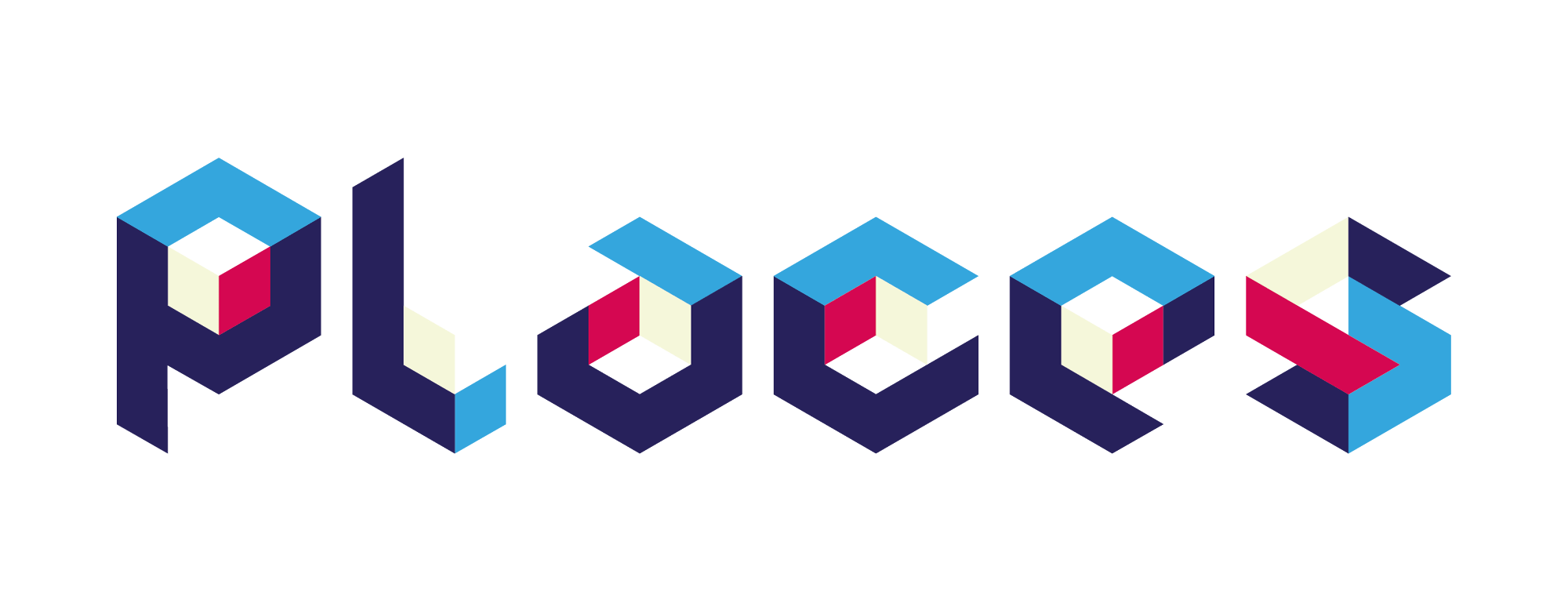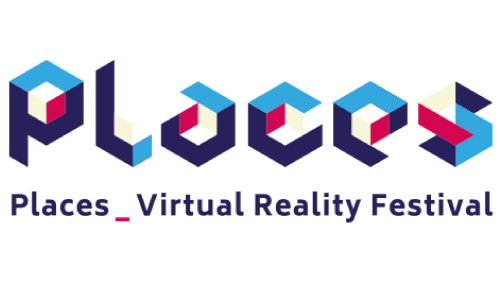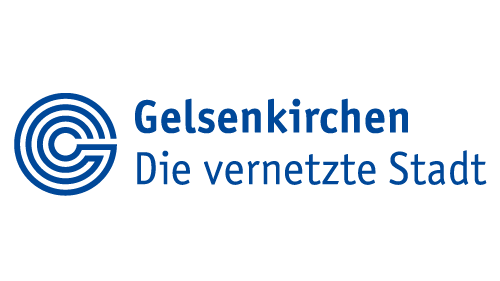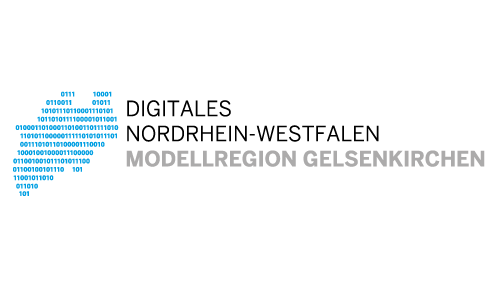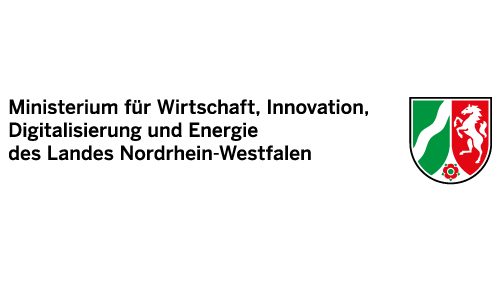VR and the future of learning
Training electrical and metal technology trainees on a virtual offshore wind turbine or creating your own VR application without much programming: Virtual Reality and Augmented Reality offer exciting developments that will take learning and training to a new level in the future. At the Places _ VR Festival, we will bring these possibilities to life for you: our program partners, speakers and the participants of the DIVR Science Award will take you into the world of VR learning.
Learning how to make a good virtual reality application while you are in such an application is possible with the online learning platform “immersive insiders” and the corresponding application “Course Results”.
Here you will learn how a functional AR/VR application should optimally look and be developed. Important technical aspects such as high FPS, texturing and shadows as well as interaction possibilities are addressed.
If you want to learn more about this exciting application and about training and learning in the VR/AR world, then you should definitely check out the speaker appearance of Dinesh Punni, founder of “Immersive insights”!
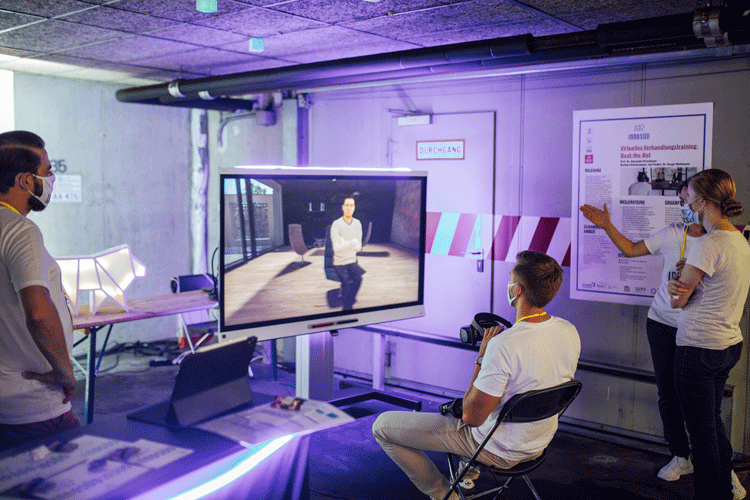
Create a VR application without much programming effort? That’s possible with the “VRLearningLab-Framework” application from the software company Triboot in Mülheim. Here, anyone can easily put together VR learning applications and publish them with self-sufficient glasses such as the Oculus Quest or Pico Neo Eye. The VR Anatomy Lab shows what such an application can look like. By displaying anatomical models, medical students are helped to learn anatomical terms.
Standing on an offshore wind turbine at a dizzying height while performing a repair – sounds very adventurous at first. But before you venture into such a scenario, you should first practise. And the best way to do that is in virtual space, without the danger of falling. The VR game “Marla – Masters of Malfunction” from the Technical University of Berlin provides the ideal platform for this. Here, apprentices from the fields of electrical and metal engineering can train their competence in fault diagnosis without having to bring along specialist knowledge in wind energy. If they have any questions or uncertainties, an educational assistant helps them.
The application is nominated in the DIVR Science Award in the category Best Tech. The award is presented annually by the Places _ VR Festival and the Institute for Virtual Reality and honours the most innovative concepts for VR applications that have been created in research and at universities.
Another participant in the DIVR Science Award is the Mixed Reality-in-the-Loop Simulation (MRiLS) at Esslingen University of Applied Sciences. X-in-the-loop simulation is used in mechanical and plant engineering to test and try out a new system in a simulation before it is manufactured and put into operation. In MRiLS simulation, X-in-the-Loop simulation is extended with visualisation and interaction methods of Mixed Reality. This enables intuitive multimodal and terminal-independent training of technical specialists and low-threshold configurability of the MRiLS models.
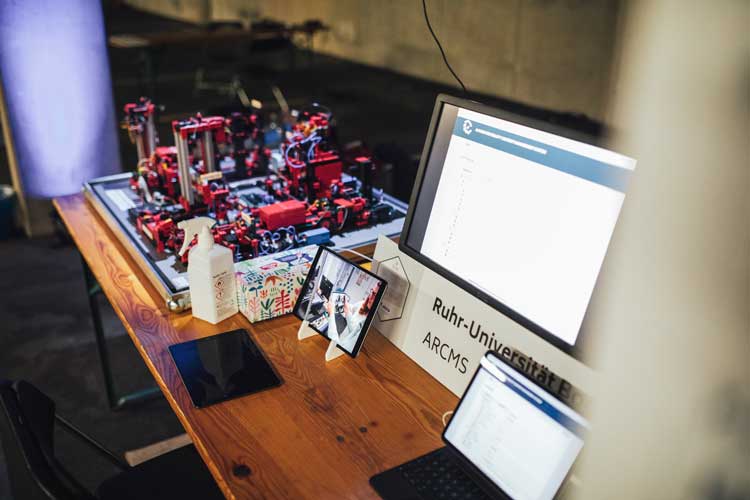
The company Neomatt from Essen relies on a playful VR learning world for schools and company training courses. Here, information processing is promoted through motor interaction and long-lasting motivation is achieved through playful elements.
Dirk Pessarra, founder of Neomatt, will also be a speaker at the Places _ Festival and will talk about the VR marketplace vrdoro and the eLearning platform next:classroom. The graduate computer scientist describes himself as a “solution architect” and has already been working in the e-learning industry for 10 years.
